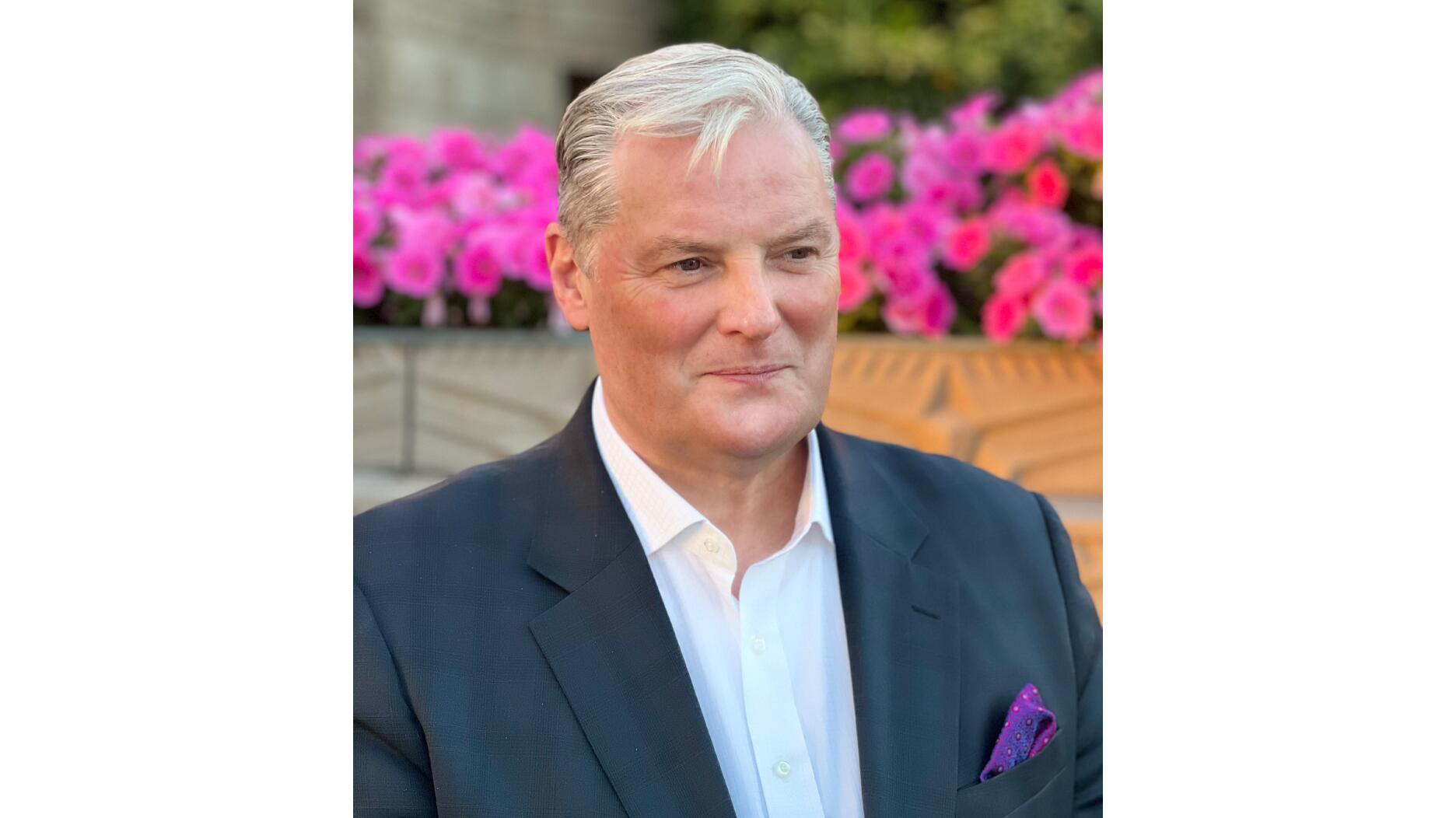Carlos Jose Hernandez and Joshua Zuazo were sentenced to life without the possibility of parole in the 2024 murder of Hussein “Sam” Murray.
Squirrel Spotting: Why Some Salespeople Avoid Asking for the Sale
It might be because they have a fear of rejection, and Peter Smith might have a solution for you.

We can coach and cajole.
We can incent and inspire and yet, no matter what we do to help the situation, some salespeople demonstrate a remarkable capacity to do everything except, well, ask for the sale.
If you find yourself sounding like a broken record (you know, those things we listened to before tapes, CDs and streaming) in trying to get otherwise-solid salespeople to close sales, there might be a good explanation in findings from neuroscience.
When the brains of people with low resilience were monitored under fMRI machines (functional magnetic resonance imaging, which kind of acts like a GPS for your brain, showing areas that light up with certain stimulants and triggers), researchers found that rejection has a similar effect on their brains as being physically assaulted.
Think about that for a moment—rejection can have the same effect as someone smacking you upside your head.
Given that, it is hardly surprisingly that people with low resilience will seek ways to psychologically protect themselves to avoid situations that invite rejection on an ongoing basis, like sales for instance.
It is confounding to see salespeople with so many good qualities—hard-working, honest, knowledgeable, easy to work with, otherwise good with customers—who struggle to close sales.
These are the very salespeople who find friendly hiding places in the store.
That could manifest as any kind of busy work that keeps them from the unpleasant task of having to ask for a commitment from customers and then face the inevitability of rejection, rejection that they take very personally. Rejection that chips away at their confidence and self-esteem.
Jia Jiang, an MBA student at Duke University, wrote a brilliant and funny book a few years ago called “Rejection Proof.”
In the book, the author resolved to overcome his own fear of rejection by undertaking a series of crazy requests over 100 days to condition himself to handle rejection better.
Among his more unusual requests:
-- Approaching a random security guard and asking to borrow $100;
-- Asking a manager at Krispy Kreme to make a special Olympic Rings donut;
-- Requesting a refill (of the burger) at Five Guys;
-- Asking to make the safety announcement on a Southwest Airlines flight; and
-- Asking for a haircut at PetSmart.
Jiang’s book is very funny, sometimes even hilarious, but it really speaks to a serious topic that is borderline debilitating to many people, including a large percentage of salespeople—the fear of rejection.
He wrote: “I was hearing from people who, like me, reviewed rejection as something so painful, so personal, and so negative that they would rather not ask for things, rather conform to the norm, and rather not take risks just to avoid the possibility of rejection. Like me, they had spent much of their lives rejecting themselves before others could get the chance.”
I’ve witnessed this phenomenon hundreds of times over the course of my career.
It might be salespeople standing at the back of the store and allowing their more resilient colleagues to greet customers.
It’s giving customers “get-out-of-jail-free” cards, in the form of a business card with hastily scribbled product information and an invitation (you can’t make this stuff up) to shop around some more and have a think about it.
And, of course, the most painful scenario of all: standing opposite the customer unable and unwilling to close the sale they have otherwise earned, until the customer decides to break the stalemate by leaving the store to think on it some more.
Other than hiring salespeople with unstoppable resilience (the best remedy), there is no easy solution to this problem.
What might be helpful, however, is resetting the expectation by having your salespeople reward themselves for collecting customer nos.
In order to hear no from the customer, someone must ask for the sale—that’s progress. We also know that sales are a math game and the more you ask for the sale, the more success you will likely have in getting to yes.
It’s as if we have to earn the yes by eliminating as many nos as possible.
For the salespeople with low resilience, destigmatizing rejection may help them get the boogeyman out from under their beds as collecting nos becomes an end in and of itself.
It’s no longer something to be feared.
It’s not a perfect solution, but it ought to be slightly more palatable than asking for a haircut at PetSmart.
The Latest

Yood will serve alongside Eduard Stefanescu, the sustainability manager for C.Hafner, a precious metals refiner in Germany.

The New Orleans jeweler is also hosting pop-up jewelry boutiques in New York City and Dallas.

How Jewelers of America’s 20 Under 40 are leading to ensure a brighter future for the jewelry industry.

Set in a Tiffany & Co. necklace, it sold for $4.2 million, the highest price and price per carat paid for a Paraíba tourmaline at auction.


The jeweler’s “Deep Freeze” display showcases its iconic jewelry designs frozen in a vintage icebox.

Take luxury gifting to new heights this holiday season with the jeweler’s showstopping 12-carat sphene ring.

Roseco’s 704-page catalog showcases new lab-grown diamonds, findings, tools & more—available in print or interactive digital editions.

This year's theme is “Unveiling the Depths of the Ocean.”

In its annual report, Pinterest noted an increase in searches for brooches, heirloom jewelry, and ‘80s luxury.

Starting Jan. 1, customers can request the service for opal, peridot, and demantoid garnet.

The 111-year-old retailer celebrated the opening of its new location in Salem, New Hampshire, which is its third store in the state.

The new catalog features its most popular chains as well as new styles.

The filmmaker’s personal F.P. Journe “FFC” prototype was the star of Phillips’ recent record-setting watch auction in New York.

The new location in the Design District pays homage to Miami’s Art Deco heritage and its connection to the ocean.

Inflations, tariffs, and politics—including the government shutdown—were among consumers’ top concerns last month.

“Longtime favorite” presenters, as well as first-time speakers, will lead talks and workshops at the annual event in Tucson next year.

Silas Smith of Meridian Metalworks won the challenge with his pendant that blends Australian and American landscapes.

The sale of the 31.68-carat, sunset-hued stone was part of Sotheby’s first series of events and auctions in Abu Dhabi.

The collection features characters and motifs from Ukrainian folklore, including an enchanted mirror and a magic egg.

MatrixGold 3.11, the newest version of the jewelry design program, offers more flexibility, precision, and creative control.

The pavilion will be part of the 2026 JA New York Spring show, scheduled for March 15 to 17.

Kadet, a 1994 National Jeweler Retailer Hall of Fame inductee, helped grow the family-owned retailer in the Chicago area and beyond.

Billed as the world’s smallest wearable, Lumia Health’s new smart earrings have a health tracker subtly embedded in the back.

Don’t let those with December birthdays feel blue. Help them celebrate their month with blue zircon, turquoise, and tanzanite.

The new pink sapphire version of the piece dances with its wearer in the brand’s “Icons After Dark” holiday campaign.

A choice that’s generated a lot of commentary, Pantone says “Cloud Dancer” marks a fresh start and encourages relaxation and creativity.



























